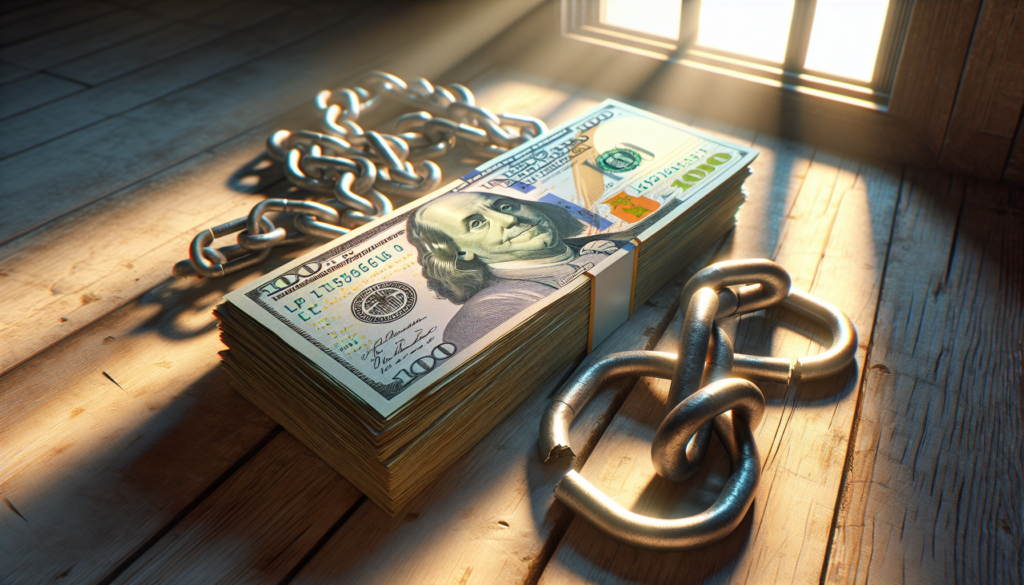
Understanding the difference between secured and unsecured debt is crucial in managing your finances, especially when facing financial difficulties or considering bankruptcy. Here’s a breakdown of the two types of debt:
Secured Debt
Secured debt is a loan or credit that is backed by collateral, meaning there is a physical asset, such as a house or car, that the lender can take possession of if the borrower fails to make payments as agreed. The presence of collateral reduces the risk for the lender, often resulting in lower interest rates compared to unsecured debt. Common examples of secured debt include:
- Mortgages: The loan is secured by the property itself. If payments are not made, the lender can foreclose on the home.
- Auto Loans: The vehicle purchased serves as collateral for the loan. Failure to make payments can lead to repossession of the car.
- Secured Personal Loans: These may be secured by various assets, such as savings accounts, stocks, or physical property.
The key characteristic of secured debt is that the lender has the right to seize the collateral through foreclosure, repossession, or other legal means if the borrower defaults on the loan.
Unsecured Debt
Unsecured debt does not involve any collateral. If the borrower fails to make payments, the lender cannot automatically take possession of any assets to cover the debt. Instead, the lender may have to pursue legal action, such as filing a lawsuit, to collect the debt. Because unsecured debt presents a higher risk to lenders, interest rates for these types of loans are typically higher. Examples of unsecured debt include:
- Credit Cards: One of the most common forms of unsecured debt, where the credit extended is not backed by any collateral.
- Medical Bills: Costs incurred from medical care that are not secured by any property.
- Unsecured Personal Loans: Loans given based on creditworthiness without requiring collateral.
- Student Loans: While these are a unique form of unsecured debt due to their treatment in bankruptcy and collection methods, they do not typically involve collateral.
Implications in Bankruptcy
The distinction between secured and unsecured debt plays a significant role in bankruptcy proceedings:
- Chapter 7 Bankruptcy: Secured debts can lead to the seizure of the collateral if the debtor does not reaffirm the debt and continue making payments or redeem the collateral by paying its current value in a lump sum. Unsecured non-priority debts are often discharged.
- Chapter 13 Bankruptcy: Debtors can keep the collateral securing a secured debt as long as the Chapter 13 repayment plan includes payments for these debts. Unsecured debts may be paid partially or not at all, depending on the debtor’s income and the total amount of debt.
The main difference between secured and unsecured debt lies in the presence or absence of collateral. This distinction affects the terms of the debt, the risk to the lender and borrower, and the treatment of the debt in situations like bankruptcy. Understanding these differences can help individuals make informed decisions about borrowing and managing their debts.

Get a Free Bankruptcy Case Evaluation